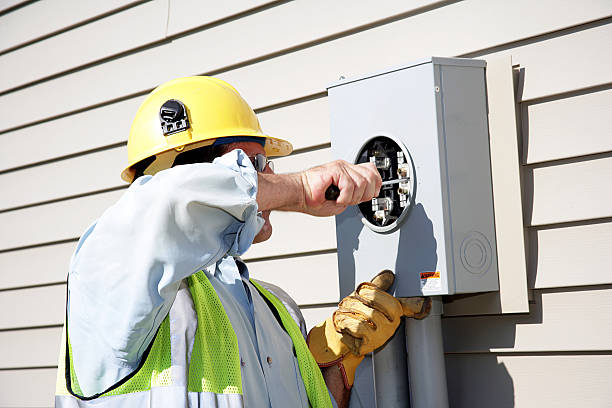It seems that there is a “dummies book” for every topic. This popular series of books teaches that if you don’t know much about a topic, you are a “dummy”.
This book series’ success is a testament to the fact that many of us are great sports. It’s electricity, a topic that everyone knows and appreciates but which also holds deep mysteries.
Your Home’s local electrician in east auckland field questions from customers about electricity. This strongly suggests that there are a few gaps within their knowledge. We often fall into an explanation about electricity and how it results from the flow of electrical charge from one location to the next.
See? See? Most people expect electricity to “show up” and work, unless there is a severe storm that brings high winds and ice.
Uninterrupted electrical service is dependent on many interconnected components to “work” before reaching the electrical panel at your home.
This is how this amazing commodity works:
- Huge generators produce electricity at power plants. Although power plants are primarily powered by coal, some also use natural gas, water, and, increasingly, wind. The country has many power plants. They are connected by an electrical grid, also known as the “power grid”. This is because if one power plant is overwhelmed, especially in the summer heat, another power plant nearby can supply electricity.
- Transformers are used to send an electrical current through transformers. This increases the voltage and allows electricity to be propelled to its destination.
- The electric charge flows through high-voltage transmission cables, which are strung between towers that, let’s face it, aren’t exactly well-known for improving the landscape. Although they may not look very attractive, they are necessary.
- An electrical charge arrives at the substation via voltage. This voltage is then reduced so it can be sent to smaller power.
- The charge is sent to local distribution lines where pole-top transformers, sometimes called “step-down transformers”, reduce the voltage so that household use can be safe. These pole-top transformers, which appear like a cross and can be seen all along roads, may seem more fragile than they actually are.
- Finally, the electrical charge arrives at your house via a “service Drop,” which passes through a meter that counts how much electricity your household uses. This count determines how much electricity your monthly bill will be.
- As electricity flows to your home’s electrical panel, circuit breakers prevent the interior wires from overloading.
- Electricity is invisible but is always there. It travels through your home through a network wire, fed by outlets and light switches.


